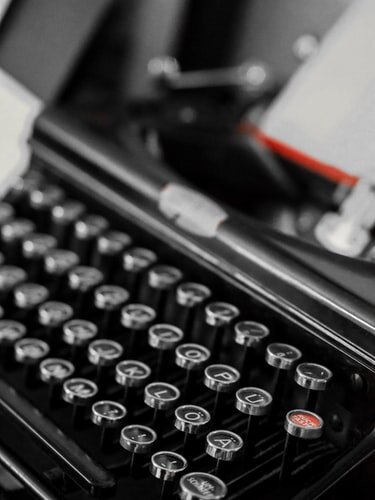So pleased to announce that my poem, “Aim,” was published in the current (December 2020) issue of Songs of Eretz. It has a refreshing “Spring” theme— more on that in the editor’s note.
The issue contains the poems of many very talented poets to savor, including meaningful poems by my dear friend, Charles A. Swanson, who is a featured poet in this and many other issues. Check out his poignant elegy to his beautiful granddaughter, Addi. It is an honor to share this issue as “contributor twins” with this steadfast friend from my grad-school days. Here’s to many more of his publications.
Read the complete issue at: Songs of Eretz.
“Aim”
Melanie Faith
That was the night we sped barefoot
down the embankment
across the rolling lawn
past the fountain outside the dining hall, past
Diana the huntress
her bow and arrow pointed perpetually
skyward. Her aim: a silvery spattering of almost-
summer stars. Our aim: celebrating the end
of semester. Our aim: disruption. Each shimmer
of water from rotating sprinklers
a world within a world we had yet
to step into, landed light
and wet on our bare
shoulders. We were a spinning
folly before equilibrium, the best kind.
The brick-tower clock struck two. Someone
squealed from the impact of the cold,
another someone shushed, but it was half-
hearted, against the mirth. Diana
and her bow, at the top of the hill, steady
she kept watch, peering the other way,
head tipped upward to her map of constellations:
ever-aiming into the many night spoils.
Enough stars to gather and gather again
in our open arms.













